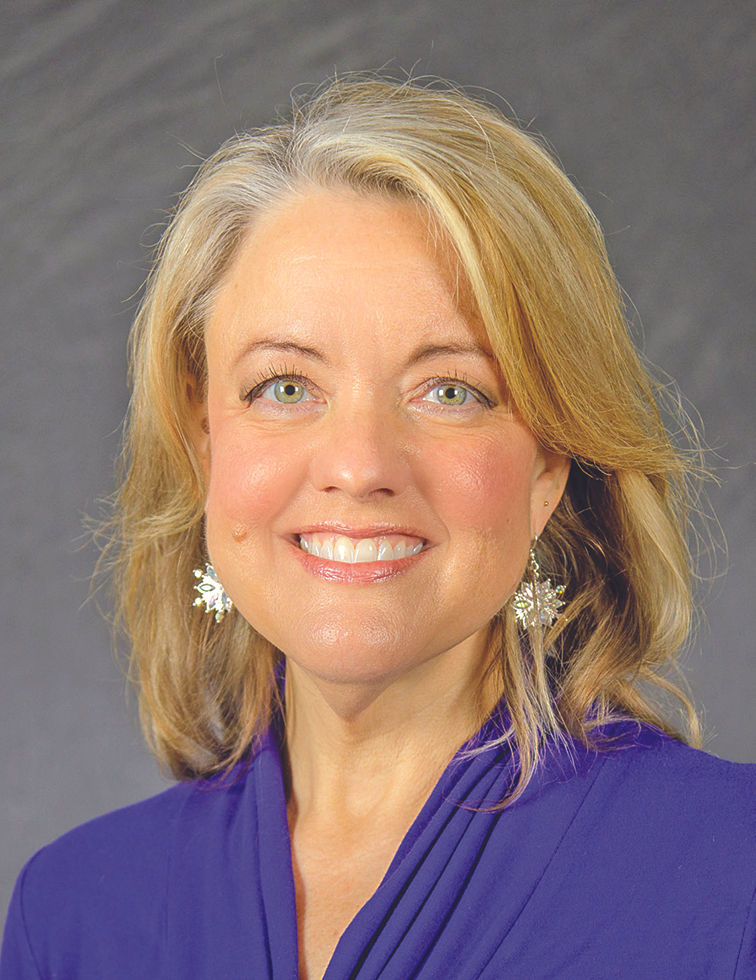Hidden Corners of History- The Corps of Discovery: The Journey West
- Posted By: Sasha Bush

- Oct 14
- 3 min read

The Corps of Discovery: The Journey West
Jarrod E. Stephens
For The Ashland Beacon
Can you imagine getting a call from the President of the United States and being asked to go on a journey with no real rules or timeline for completion? In 1803 the famous duo of Meriwether Lewis and William Clark embarked on a journey that has always captivated my imagination. It’s amazing that they would accept the job and even more amazing that they were able to accomplish so much and make it back safely.
The third President of the United States, Thomas Jefferson, was quite interested in westward exploration and diplomatic contacts with the Native Americans of the west. Jefferson received $2,500 from Congress for exploration in early 1803. In May of the same year, the United States made the grand acquisition of the Louisianna Purchase which nearly doubled the size of the United States. The doorway for exploration was now open.
Much of the land west of the Mississippi and Missouri Rivers was unmapped and uncharted territory, so planning for the expedition was quite a task. Lewis selected his friend William Clark and more than forty other individuals to carry out various tasks.
On May 14, 1804, the expedition officially began with the small party of individuals aboard a keelboat and some canoes. Before this journey there had been minimal exploration of the region by trappers and hunters. There were also military forts and outposts scattered in the region but there had never been a comprehensive exploration of the “west.” Provisions were kept aboard the keelboat, and the group would hunt and gather as they traveled.
August 20, 1804, proved to be a tragic day as the youngest man in the group, Charles Floyd, died of what is said to have been a ruptured appendix. Not that I want to play spoiler for this story, but Floyd would be the only death among the Corps throughout the journey.
As was suspected, there were many tense encounters with native tribes that would decide the fate of the expedition. One such encounter occurred on September 25, 1804. The meeting between the Corps and the Teton Sioux didn’t go as planned and nearly became a bloodbath due to a misinterpretation of the expedition’s intentions. It took three days to work out details of the journey before the Sioux granted passage upriver.
The problem of communicating with the natives had been exposed and in the winter of 1804 the Corps stayed at Fort Mandan where they recruited Toussaint Charbonneau and his Native American wife Sacagawea. Sacagawea would prove to be an important part of this journey and actually had a baby along the way. Toussaint could speak French and Sacagawea could speak some native languages and physically show that the Corps was not a threat to the tribes.
The Corps were travelling against the currents their entire journey towards the Rocky Mountains. Nothing was easy, and it became more difficult as they reached a fork in the Missouri River. After choosing their direction, the group approached the Great Falls and had to carry their canoes around them. The 18-mile section of the journey took more than a month and a half.
Knowing that their greatest task of crossing the Rocky Mountains was fast approaching, Lewis and Clark were hoping to secure horses from the Shoshone natives. Sacagawea was reunited with her brother Cameahwait who was now the Chief of the tribe, and he gave them horses and a guide. In spite of the resources given, the journey nearly took a fatal turn as winter snows began to blanket the mountains and the guide, Old Toby, got lost in the Bitterroot Mountains. The group nearly starved and had to resort to eating some of the horses and even candle wax.
Again, a group of natives, the Nez Perce, helped the group regain their strength so that they could press on. In November 1805 the Corps finally reach the Columbia River and continued their journey towards the Pacific Ocean. The closer they got to the ocean the more difficult the journey became. What they first believe is the Pacific Ocean is indeed a large estuary of brackish water where the waves nearly destroyed their canoes. The local Clatsop Indians help the group achieve their goal of reaching the Pacific Ocean.
Although a direct waterway to the Pacific was not found, the Corps of Discovery had traversed lands that had never been explored except by the natives who lived in the region. Winter was again on their heels, and the group recognizes that they must stay along the coast until the end of winter. They build Fort Clatsop where they spend the wet and miserable winter months before they can begin their journey back east.




Comments